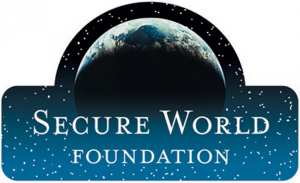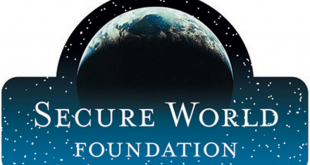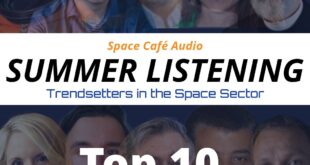
Over the last fifteen years there has been a resurgence of anti-satellite (ASAT) testing in space by multiple countries. During the Cold War between 1960 and 1991, the United States and the Soviet Union conducted dozens of tests of both direct ascent and co-orbital ASAT weapons, some of which destroyed satellites and created hundreds of pieces of orbital debris. After a brief pause, ASAT testing in space resumed in the mid-2000s and since then China, India, Russia, and the United States have all tested either direct ascent or co-orbital ASAT weapons, some of which again have destroyed satellites and created thousands of pieces of orbital debris.
Today, the Secure World Foundation has released a new set of fact sheets documenting the history of ASAT testing in space by these countries. The fact sheets are based on research conducted as part of the annual SWF Global Counterspace Capabilities Report and summarized in this public spreadsheet. Drawing on these resources, the fact sheets summarize the co-orbital and direct ascent ASAT testing by the following countries:
- Chinese Direct Ascent Anti-satellite Testing
- Indian Direct Ascent Anti-satellite Testing
- Russian Co-orbital Anti-satellite Testing
- Russian Direct Ascent Anti-satellite Testing
- U.S. Direct Ascent Anti-satellite Testing
- U.S. Co-orbital Anti-satellite Testing
Each sheet summarizes the history of that country’s programs in those areas, provides a table listing known testing of those programs in space (including any intercepts and orbital debris created), and a short analysis of the current state of development or operational status. These fact sheets will be updated periodically as new information comes to light or additional tests are conducted.
For more information, please contact SWF Director of Program Planning Dr. Brian Weeden or SWF Washington Office Director Ms. Victoria Samson or visit https://www.swfound.org





